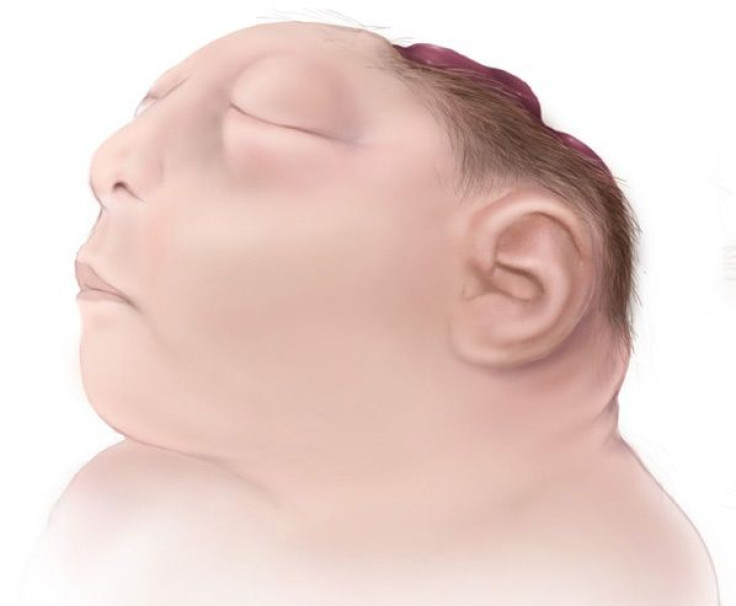Anencephaly Is 4 Times More Likely In Babies Born In Washington; Health Dept. Is Baffled

Though a mother’s love for her child is always unconditional, it doesn’t stop her from worrying that her baby will be born with a defect — the aftermath of discovering that is not only fearsome but can be difficult, too. Yet a spate of births in Washington has left mothers and health care providers baffled, as far too many babies have been born with anencephaly, a rare and deadly defect.
Since 2010, 30 babies have been born with the defect in which parts of their brains and skulls were missing, NBC News reported. The defects have occurred in Benton, Yakima, and Franklin Counties, where rates have been four times higher than those of the nation as a whole. The complication is considered a neural tube defect, and typically occurs within the first month of pregnancy.
For this reason, many mothers, including 23-year-old Jocelyn Robles, already know that their baby will be born this way. Her baby will also die moments after birth. “I’d rather go through with it and cherish whatever time I have,” she told KOMO News. “Even if it’s an hour, a few minutes. Anything is better than nothing. And I’m going to see my baby, at least for a little bit.”
Robles was among other moms and concerned community members at a public hearing, where they were able to ask the state’s Health Department about the defective births. They inquired about everything from nitrates in the water supply to prevalence among Hispanic women, and folic acid intake to location of the cases. Yet the Health Department was mostly unable to answer them. “We would love to find a smoking gun, and have things align; if you find a cause, you can prevent. If you can’t find a cause, you can’t prevent,” said Dr. Juliet VanEenwyk, the state epidemiologist who moderated the forum, the Yakima Herald-Republic reported.
According to the Centers for Disease Control and Prevention (CDC), anencephaly typically occurs in one of every 4,859 babies. When the neural tube fails to close during fetal development, the baby’s exposed brain and skull are left vulnerable to fluid in the amniotic sack, which subsequently breaks down nervous system tissue. Thus, large parts of the cerebellum, and the back of the cerebrum, are missing. Still-births are common among babies with anencephaly, but if the mothers are lucky, they may get a few hours with their children.
Health officials will continue to look at the risk factors some of these parents were exposed to. The CDC says that some of these risks may include a low intake of folic acid before pregnancy and being a Hispanic mother, among other more obscure risks like the environment. They also admitted it could be difficult getting people, whose conceptions were years ago, to remember certain things, such as the diets and the environments they were living in.
There is no cure for anencephaly. When asked about the Department’s lack of answers, Robles told KOMO News that it was “very frustrating. I wouldn’t want someone … to have a baby and go through that. It’s just hard.”



























